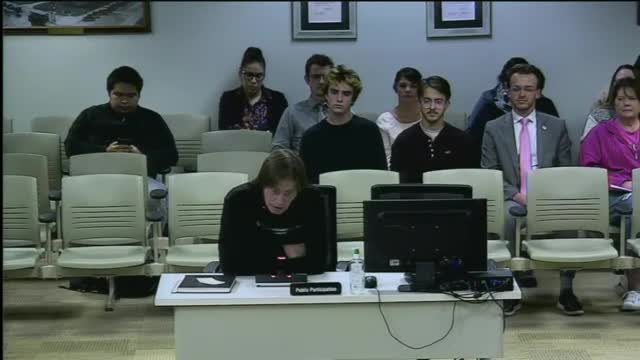County Board Faces Backlash Over Controversial Tax Increase Proposal
October 25, 2024 | Champaign County, Illinois
This article was created by AI summarizing key points discussed. AI makes mistakes, so for full details and context, please refer to the video of the full meeting. Please report any errors so we can fix them. Report an error »

In a recent county board meeting, significant concerns were raised regarding proposed funding increases for law enforcement and the implications of a new sales tax. Board members and community advocates expressed strong opposition to the proposed tax, labeling it regressive and detrimental to the county's most vulnerable populations.
One board member highlighted the ongoing financial obligations tied to various county projects, including a $20 million jail expansion and other facilities, emphasizing the need for transparency about the interest paid on these debts. The discussion turned to the sheriff's request for additional personnel, including six new deputies and an unspecified number of correctional officers, which could cost the county upwards of $4.7 million. Critics argued that simply increasing law enforcement resources would not address the root causes of crime and dysfunction in the community.
Isabel Scott, a local resident, condemned the proposed sales tax as a burden on economically vulnerable residents, arguing that the funds would disproportionately support law enforcement initiatives without a clear plan for their use. She criticized the county's spending of $68,000 on an advocacy campaign for the tax, asserting that it misuses taxpayer dollars and diverts attention from pressing community needs such as housing and food security.
State Representative Carol Ammons echoed these sentiments, denouncing the sales tax as an ineffective solution for public safety and calling for a reevaluation of current funding allocations. She pointed out the chaotic governance structure under the county executive system, which has led to conflicts and a lack of coherent fiscal policy.
The meeting underscored a growing frustration among community members and officials regarding the county's approach to public safety and resource allocation, with calls for innovative solutions that prioritize community well-being over punitive measures. As discussions continue, the future of the proposed sales tax and its potential impact on the county's most vulnerable residents remains uncertain.
One board member highlighted the ongoing financial obligations tied to various county projects, including a $20 million jail expansion and other facilities, emphasizing the need for transparency about the interest paid on these debts. The discussion turned to the sheriff's request for additional personnel, including six new deputies and an unspecified number of correctional officers, which could cost the county upwards of $4.7 million. Critics argued that simply increasing law enforcement resources would not address the root causes of crime and dysfunction in the community.
Isabel Scott, a local resident, condemned the proposed sales tax as a burden on economically vulnerable residents, arguing that the funds would disproportionately support law enforcement initiatives without a clear plan for their use. She criticized the county's spending of $68,000 on an advocacy campaign for the tax, asserting that it misuses taxpayer dollars and diverts attention from pressing community needs such as housing and food security.
State Representative Carol Ammons echoed these sentiments, denouncing the sales tax as an ineffective solution for public safety and calling for a reevaluation of current funding allocations. She pointed out the chaotic governance structure under the county executive system, which has led to conflicts and a lack of coherent fiscal policy.
The meeting underscored a growing frustration among community members and officials regarding the county's approach to public safety and resource allocation, with calls for innovative solutions that prioritize community well-being over punitive measures. As discussions continue, the future of the proposed sales tax and its potential impact on the county's most vulnerable residents remains uncertain.
View full meeting
This article is based on a recent meeting—watch the full video and explore the complete transcript for deeper insights into the discussion.
View full meeting
